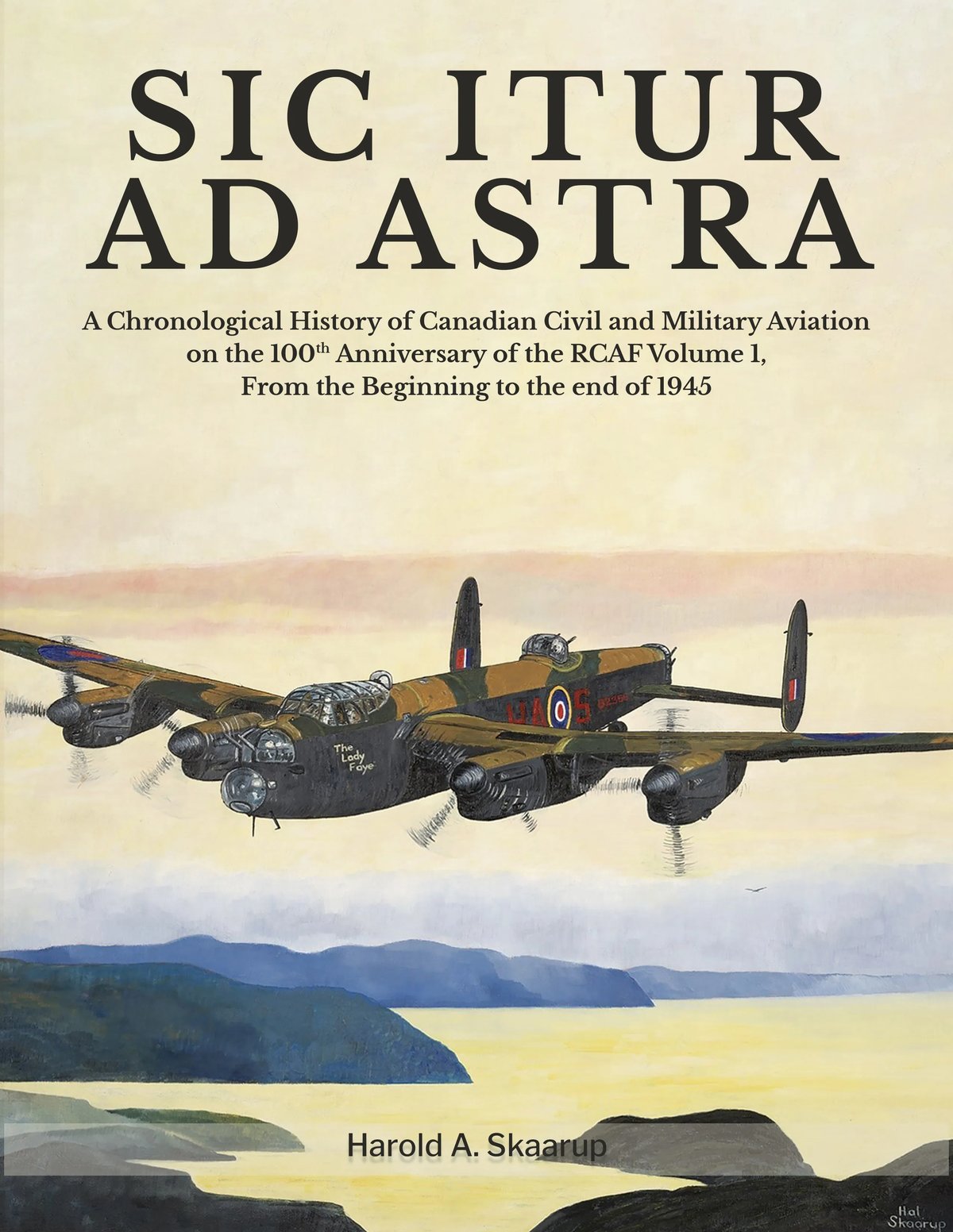Warplanes of the USA: Colorado, Colorado Springs, United States Air Force Academy
Colorado Springs, United States Air Force Academy, CO 80840-5151. Tel: 719-333-2025 (Visitor Center), or 333-4674 (Library Special Questions Desk)
“In 1949 the Secretary of Defense, James Forestall, created a committee to recommend a general system of education for service officers. Within a year, this advisory group reported that only an air academy, separate from both West Point and Annapolis, would meet the needs of the air force. When Congress authorized creation of the institution in 1954, the Secretary of the Air Force launched the site selection process. Three “semi-finalists” emerged from the screening: Alton, Illinois; Lake Geneva, Wisconsin, and Colorado Springs.” Colorado won. The cadet wing moved into the academy from its temporary campus at Lowry Field in late August 1958. The following June the first class was graduated from the permanent campus.” (Carl Ubbelohde, Maxine Benson and Duane A. Smith, A Colorado History, Seventh Edition, Pruett Publishing Company, Boulder, Colorado, 1999, p. 334)
NORAD has also been in Colorado Springs (first at Ent Air Base, later at Peterson Air Force Base and Cheyenne Mountain) since 1957. Historic aircraft have been on display at the USAF Academy from its earliest days.
The following aircraft and missiles are on outdoor static display at the United States Air Force Academy:




(Author Photos)


(Greg Goebel Photos)

(Team gEco Friendly Photo)
Boeing B-52D Stratofortress (Serial No. 55-0083), C/N 17199, “Diamond Lil”, black and camouflage colours. This aircraft was in service from Oct 1956 until Oct 1983.

(Author Photo)
Cessna T-41A Mescalero (Serial No.), Reg. No. N557AF, Academy Airport.



(Author Photos)
Fairchild A-10 Thunderbolt (Serial No. 77-0205). During Operation Desert Storm, Capt. Swain was the 1st pilot in history to have an air-to-air shoot down of an enemy helicopter. This aircraft was mounted on a pylon at the USAF Academy in May 2013. Thunderbird Lookout.

(EpicV27 Photo)

(Author Photo)
General Dynamics GF-16A Fighting Falcon (Serial No. 75-0748), C/N 61-4, below the Chapel.

(James G. Howes Photo)

(Piergiuliano Chesi Photo)


(Author Photos)
Lockheed F-104A Starfighter (Serial No. 55-2967).

(USAF Photo)
The Martin Marietta X-24 was an American experimental aircraft developed from a joint United States Air Force-NASA program named PILOT (1963–1975). It was designed and built to test lifting body concepts, experimenting with the concept of unpowered reentry and landing, later used by the Space Shuttle. Originally built as the X-24A, the aircraft was later rebuilt as the X-24B. The X-24 was drop launched from a modified B-52 Stratofortress at high altitudes before igniting its rocket engine; after expending its rocket fuel, the pilot would glide the X-24 to an unpowered landing.


(Author Photos)
Martin Marietta SV-5J Swallow, (Serial No. 66-13552), Lifting Body, prototype of the X-24, mounted on a pylon beside the Aeronautics Laboratory.
After learning about a remark by Chuck Yeager that he would like to have some jet-powered lifting bodies for training purposes, Martin designed and built, on their own initiative, two examples of the SV-5J. The SV-5J was a jet-powered version of the rocket-powered X-24A. The SV-5J had identical dimensions to the X-24A, but was powered by a single Pratt & Whitney J60-PW-1 jet engine of 1360 kgf, in place of the X-24A's Reaction Motors XLR-11-RM-13 rocket engine. Martin also manufactured a full-scale, unflyable, mock-up of the SV-5J. (Confusion over number built may be due to the mock-up being included in the production list.). Martin were unable to convince Milt Thompson to fly the SV-5J, even after offering a $20,000 bonus. Both examples remained unflown. As the original X-24A was converted to X-24B, one of the SV-5Js eventually was converted to represent the X-24A, for display at the National Museum of the United States Air Force, Wright-Patterson AFB, Ohio, beside the original X-24B.




(Author Photos)
McDonnell F-4D Phantom II (Serial No. 66-7463), OY, C/N 1967, with six kill markings, below the Chapel.

(Greg Goebel Photo)


(Author Photos)
McDonnell F-15A Eagle (Serial No. 76-0042), C/N 224, A194, below the Chapel.



(Author Photos)
North American F-86F Sabre (Serial No.52-4749), painted as 24978, Academy Airport.
North American F-100D Super Sabre (55-3503).


(Author Photos)

(Tom.dog Photo)
North American F-100F Super Sabre (Serial No. 56-3730) “Spirit of St. Louis II”, near the BX.


(Author Photos)
Northrop T-38A Talon (Serial No. 59-1602), 1, C/N N5115, Thunderbird markings, mounted on a pylon at Thunderbird Lookout.


(Author Photos)
Republic F-105D Thunderchief (Serial No. 60-0482), below the Chapel.

(Author Photo)
LGM-30 Minute Man II Missile, near the Sports Center.

(Outspoken1 Photo)
Schweitzer 2-33A (TG-4) Glider (Serial No.), Reg. No. N94TH, inside the Visitor’s Center.





